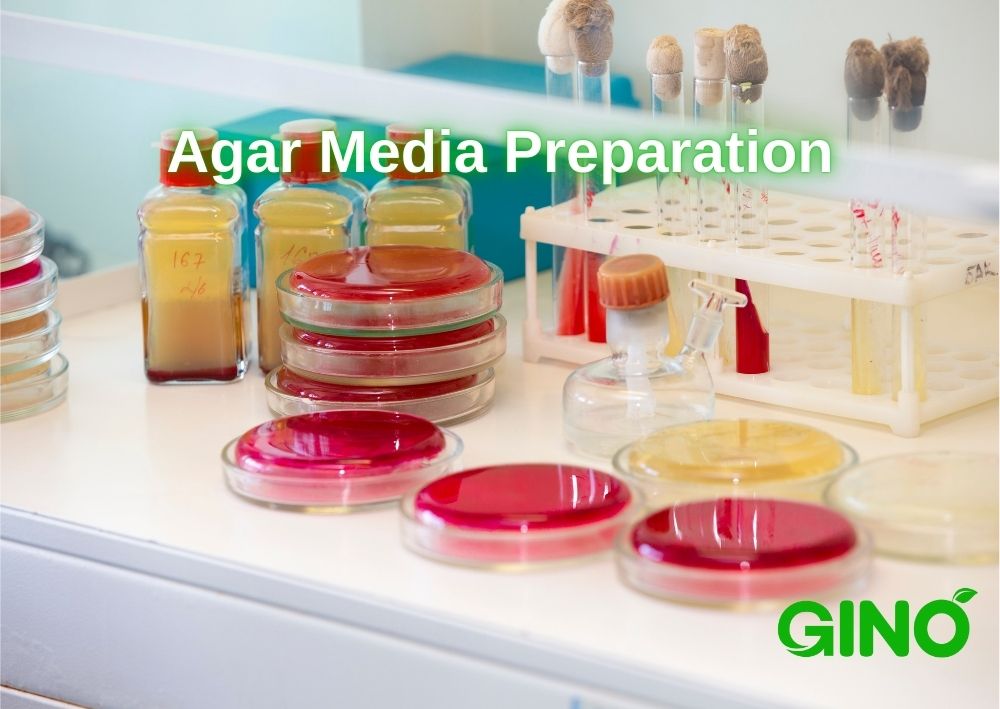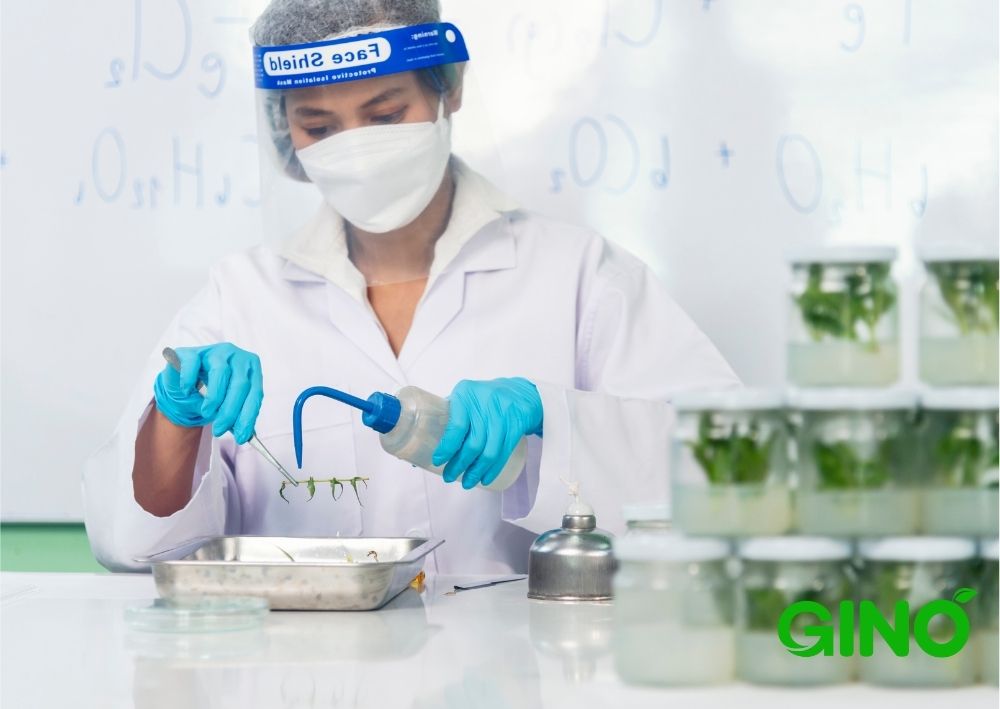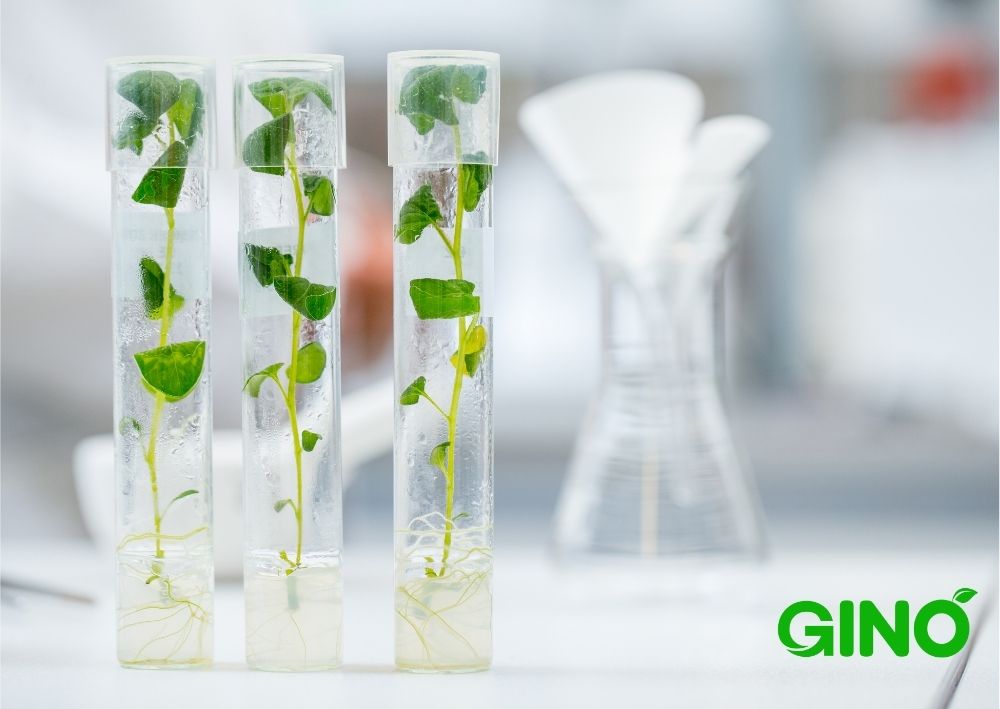Agar Media Preparation: A Step-by-Step Guide for Optimal Results
Agar Media Preparation
Agar media, as fundamental tools in microbiological experiments, play an essential role in bacterial cultivation, identification, isolation, and preservation due to their unique physical and chemical properties. This article will provide a detailed explanation of agar medium, including its definition, agar mediapreparation, usage, and storage.

1. Agar Media Definition
Agar media, also known as agar-based medium, refers to a solid or semi-solid medium used in microbiology for the growth, isolation, and identification of microorganisms. It is primarily composed of agar, a gelatinous substance derived from red algae, which serves as the gelling agent. Agar media provide a stable surface for microorganisms to grow, allowing scientists to observe colony formation and perform various tests.
Agar media can be formulated with additional nutrients, such as peptones, yeast extract, and sugars, to support the growth of different types of bacteria, fungi, or other microorganisms. The composition of agar media can be tailored to suit specific microbial requirements, making it a versatile tool in laboratory settings.

2. Agar Media Composition
Agar-based media are commonly used in microbiology for growing and isolating microorganisms. The basic composition of agar media typically includes the following components:
- Function: Gelling agent that provides a solid surface for microbial growth. Agar is a polysaccharide derived from red algae.
- Concentration: Typically 1.5–2.0% (w/v) in the medium.
- Function: Provide nitrogen, amino acids, and other growth factors necessary for microbial growth.
- Source: Derived from animal or plant proteins (e.g., casein, soybean meal).
- Function: Supplies vitamins, minerals, and additional growth factors that promote the growth of a wide range of microorganisms.
Glucose (or other sugars)
- Function: A carbon source used by microorganisms to generate energy and support growth.
- Concentration: Typically 0.5–1.0% (w/v).
Salt (e.g., NaCl)
- Function: Maintains osmotic balance and supports microbial growth by providing essential ions.
- Concentration: Typically 0.5–1.0% (w/v), depending on the type of microorganisms being cultured.
Water
- Function: Solvent to dissolve the agar and other components.
- Purity: Typically distilled or deionized water is used to prevent contamination.
Optional Additives (depending on the purpose)
- Indicators: pH indicators like bromothymol blue or phenol red may be added to detect changes in pH.
- Antibiotics: Sometimes added to select for or against certain microorganisms.
- Specific Nutrients: Depending on the target microorganisms, specific nutrients like vitamins, minerals, or amino acids may be included.
These components are mixed and heated to dissolve the agar, sterilized by autoclaving, and then poured into petri dishes or test tubes to solidify. The specific composition can be adjusted based on the type of microbial growth desired.
3. Agar Media Preparation
The preparation of culture medium involves several steps, each of which is crucial to ensure the quality of the medium.
In this section, we'll discuss how to prepare agar media effectively for your experiments.
The basic steps for preparing agar medium are as follows:
- Prepare Raw Materials: Based on the experimental requirements, weigh appropriate amounts of agar powder, peptone, yeast extract, glucose, and other ingredients.
- Dissolve and Mix: Add the raw materials to a suitable amount of purified water, stirring thoroughly to ensure there are no lumps. Be mindful that the water temperature should not be too high to prevent agar from hardening due to moisture absorption on the surface.
- Adjust pH: Use acid and base solutions to adjust the pH of the medium to the desired range, typically around 7.0. (pH of culture media ≈ 7.0)
- Sterilize by Heating: Subject the thoroughly mixed medium to high-temperature, high-pressure sterilization to kill any bacteria or other microorganisms. The standard sterilization conditions are 121°C for 15-20 minutes.
- Dispense and Solidify: Once sterilized, the medium is dispensed into test tubes or petri dishes and allowed to cool and solidify.
4. Agar Media Uses
Agar medium has a wide range of applications in microbiological experiments. The main uses include:
- Bacterial Cultivation: Inoculate the bacterial strains to be cultured onto the agar medium using streaking, spot inoculation, or spreading techniques. Bacteria will grow on the medium and form colonies. By observing the characteristics of the colonies, such as shape, size, and color, bacteria can be identified and isolated.
- Colony Counting: Agar medium is used for bacterial enumeration by counting the colonies formed on the medium. The number of colonies can provide an estimate of the bacterial content in a sample.
- Microbial Strain Preservation: Agar medium can also be used for the long-term storage of microbial strains. By adjusting the agar concentration, semi-solid media suitable for strain preservation can be prepared.

5. Storage of Agar Medium
Proper storage of agar medium is essential to maintain its quality and prolong its shelf life. The following are important considerations for storing agar medium:
- Culture Media Storage Temperature: Disposable bacterial culture plates should typically be stored in a 4°C refrigerator. However, some studies suggest that storing at room temperature may be more beneficial for bacterial cultures. For opened or homemade media, long-term room temperature storage should be avoided to prevent bacterial contamination.
- Shelf Life of Prepared Culture Media: The storage time depends on factors such as the sealing of the plate, medium thickness, and refrigerator conditions. Disposable media typically have sealed packaging and can be stored for 1 to 6 months. However, opened or homemade media should generally be used within two weeks.
- Storage Method: Media should be stored upside down to prevent condensation droplets from falling onto the surface. Additionally, the medium should be placed in areas of the refrigerator that are away from fans, bacterial cultures, and water vapor circulation to prevent moisture evaporation and mold growth.
- Inspection and Monitoring: Before use, carefully check the medium for any cracking or contamination. If abnormalities are observed, replace the medium promptly.
For better preservation, it’s recommended to store them at 4°C in a refrigerator, where they can last 1-6 months.
6. Conclusion
As a fundamental tool in microbiological experiments, agar media requires strict adherence to relevant procedures during its preparation, usage, and storage. By employing scientific and reasonable methods for preparation and storage, the quality and stability of agar medium can be ensured, providing reliable support for microbiological studies.
In conclusion, proper agar media preparation is essential for ensuring the success of microbiological experiments. By following the right procedures, you can create a reliable and effective medium that supports the growth of various microorganisms. Whether you're conducting routine bacterial cultures or specialized research, mastering the preparation process will give you the foundation for accurate and consistent results.
Ready to enhance your microbiological research with high-quality agar products?
Explore our range of premium agar for your agar media preparation needs. Contact us today to learn more about our agar supplies and how they can support your experiments!
Contact Our teamRecent Posts

We are a biotech company specializing in the research, development, and commercialization of innovative and technological food additives hydrocolloids Agar Agar, Carrageenan, and Tailor-Made Stabilizer Solutions.
With the extended know-how and experience in the research, application, and use of Hydrocolloids, we could provide one-stop-shop customized solutions perfectly matched to the needs of our customers.
Our products cover the needs of the Meat, Dairy, Bakery, Confectionery, and other industrial sectors.













